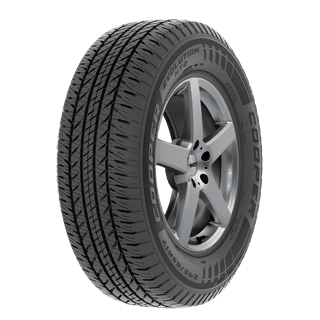Tire Service: Comprehending Tire Stress Surveillance Solutions
Understanding Tire Stress Monitoring Equipments (TPMS) is a crucial aspect of preserving optimum automobile efficiency and security when driving. With innovations in automobile technology, TPMS has actually ended up being a basic attribute in contemporary cars, giving real-time information on tire pressure levels. Digging much deeper right into the complexities of TPMS, one can discover the different parts that compose this system and the value of each in ensuring exact surveillance. From direct to indirect TPMS systems, the landscape of tire pressure tracking varies, each with its unique set of benefits and considerations. Keep tuned to unwind the complexities of TPMS, from maintenance suggestions to the indisputable benefits of maintaining your tires effectively blew up. morris tire and alignment.

Relevance of TPMS
The value of Tire Pressure Tracking Systems (TPMS) exists in their ability to enhance lorry safety and security and performance via real-time monitoring of tire stress degrees. Keeping the correct tire stress is essential for making sure optimum handling, stopping, and total safety and security of a vehicle. TPMS supplies vehicle drivers with prompt responses on any kind of underinflated or overinflated tires, permitting for prompt modifications to be made.
Components of TPMS
Sensors are generally situated in the tire shutoff stem or affixed to the wheel setting up, where they measure tire stress and transmit information to the control component. Some progressed TPMS models additionally show the actual tire stress readings for each tire, giving vehicle drivers with real-time info to guarantee optimum tire performance and security. By checking tire stress continuously, TPMS aids prevent mishaps, minimizes tire wear, and boosts gas effectiveness, making it an important component for car security and efficiency. tire shop morris.
Types of TPMS

On the other hand, indirect TPMS relies on the lorry's wheel rate sensing units to keep track of tire pressure. This system identifies underinflation by comparing the rotational rates of the wheels. Indirect TPMS is less costly than straight TPMS, as it makes use of existing sensing units within the vehicle.
While direct TPMS supplies more exact analyses, indirect TPMS is easier in layout and commonly requires click here to find out more much less maintenance. Both systems have their benefits and limitations, and the selection between them frequently depends on elements such as price, lorry make, and personal preference. Understanding the distinctions between these two kinds of TPMS can assist automobile owners make notified decisions pertaining to tire upkeep and security.
TPMS Maintenance Tips
Conduct regular checks on the tire stress degrees and compare them with the TPMS analyses to ensure they are regular. During tire rotation or substitute, make sure that the TPMS elements are managed carefully to protect against any type of possible damages. If the TPMS cautioning light brightens on the control panel, attend to the problem immediately by checking the tire pressures and the general system for any type of mistakes.
Benefits of Correct Tire Pressure
Preserving correct tire pressure, as emphasized in TPMS Upkeep Tips, is crucial for reaping the various benefits related to optimum tire pressure levels. Among the key benefits of maintaining the proper tire stress is boosted fuel efficiency. When tires are effectively pumped up, there is much less moving resistance, leading to far better gas economic climate. Additionally, correct tire stress ensures also tire wear, extending the lifespan of the tires and promoting much safer driving problems. With the ideal tire pressure, lorries additionally have better handling and traction, particularly in adverse climate condition. This can boost overall driving performance and safety and security for the driver and guests. Additionally, keeping optimum tire pressure can contribute to a smoother and more comfortable ride by minimizing resonances and sound caused by underinflated tires. Finally, the advantages of proper tire pressure exceed simply tire durability; they incorporate enhanced gas effectiveness, boosted security, better vehicle performance, and overall driving convenience.
Verdict
In conclusion, understanding tire stress tracking systems read here (TPMS) is critical for helpful site keeping ideal tire pressure and making sure car safety. By recognizing the importance of TPMS, being acquainted with its elements, recognizing the various kinds offered, sticking to proper upkeep ideas, and understanding the advantages of preserving proper tire stress, drivers can improve their driving experience and lengthen the life expectancy of their tires. Proper tire stress is key to efficient and secure vehicle procedure.
